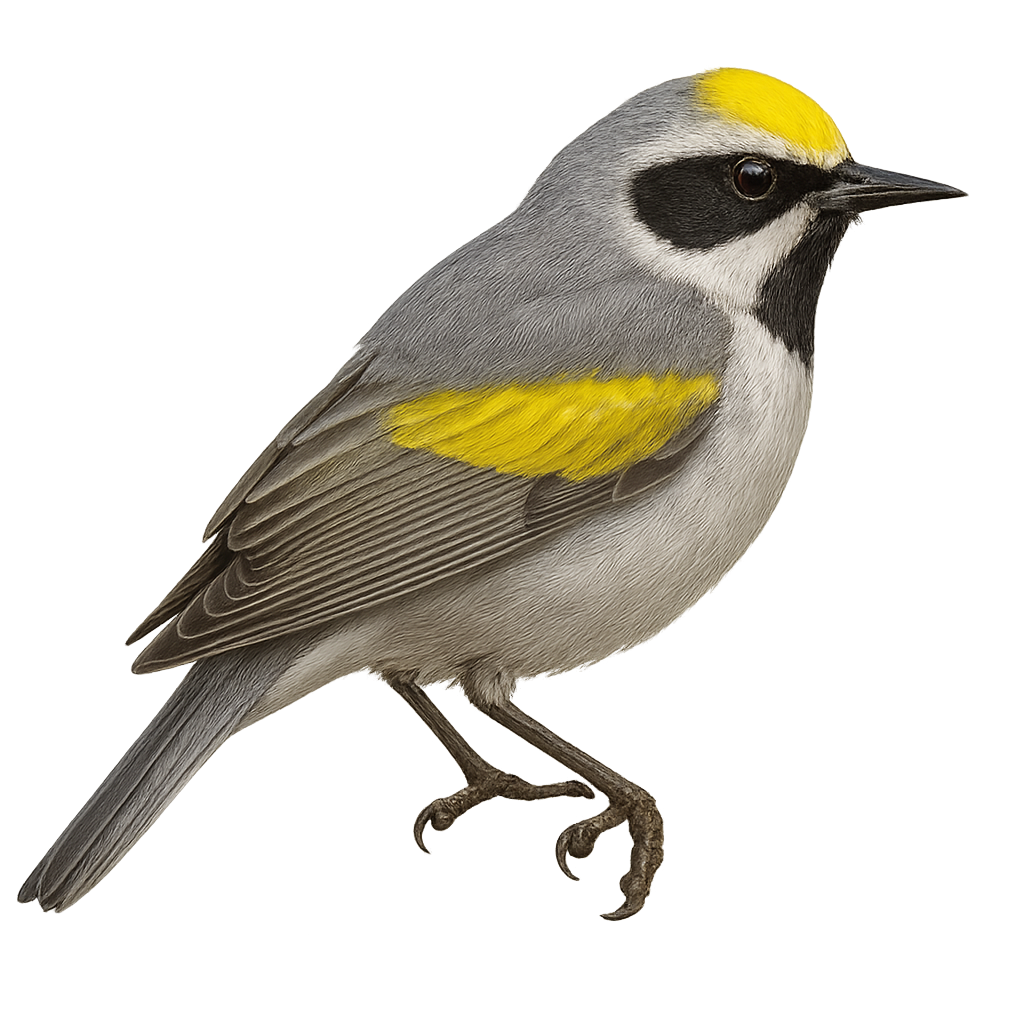Your wildlife photography guide.
Explore the golden-winged warbler in detail, study its behavior, prepare your shots.
Where to observe and photograph the golden-winged warbler in the wild
Learn where and when to spot the golden-winged warbler in the wild, how to identify the species based on distinctive features, and what natural environments it inhabits. The WildlifePhotographer app offers tailored photography tips that reflect the golden-winged warbler’s behavior, helping you capture better wildlife images. Explore the full species profile for key information including description, habitat, active periods, and approach techniques.
Golden-winged Warbler
Scientific name: Vermivora chrysoptera

IUCN Status: Near Threatened
Family: PARULIDAE
Group: Birds
Sensitivity to human approach: Suspicious
Minimum approach distance: 10 m
Courtship display: May to June
Incubation: 10-12 jours
Hatchings: May to June
Habitat:
open forests, shrublands, forest edges
Activity period :
Primarily active during the day, with peak activity in the morning and late afternoon.
Identification and description:
The Golden-winged Warbler is a small songbird from the Parulidae family, known for its distinctive patterns and colorful plumage. Males display a golden crown and bright yellow wing patches, contrasting with their black and white face. Females, though less vibrant, have similar but subtler markings. These birds primarily inhabit open forests and shrublands in eastern North America. They are insectivorous, feeding mainly on caterpillars and other small invertebrates. The Golden-winged Warbler is a migratory species, spending its winters in Central and South America. Unfortunately, it is threatened by habitat loss and hybridization with the Blue-winged Warbler.
Recommended lens:
400mm – adjust based on distance, desired framing (portrait or habitat), and approach conditions.
Photography tips:
To photograph the Golden-winged Warbler, it is advisable to use a 400mm lens or longer to capture precise details without disturbing the bird. Look for open habitats or forest edges where these birds are active. Be patient and discreet, as they can be suspicious. Use a tripod to stabilize your camera and wait for the bird to perch on an open branch to get a sharp shot. Morning or afternoon light is ideal to highlight the bright colors of its plumage.
The WildlifePhotographer App is coming soon!
Be the first to explore the best nature spots, track rutting seasons, log your observations, and observe more wildlife.
Already 1 429 wildlife lovers subscribed worldwide

